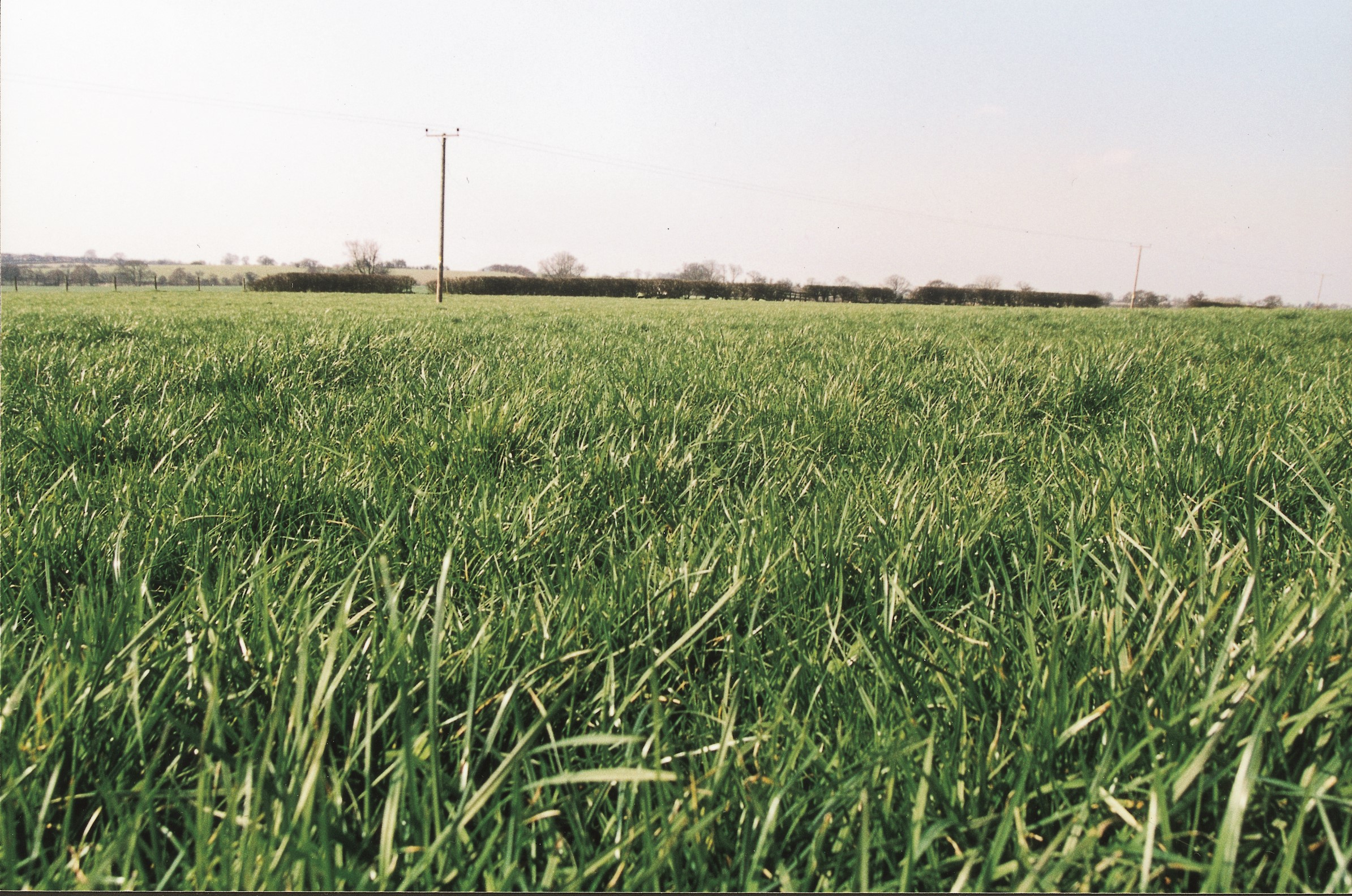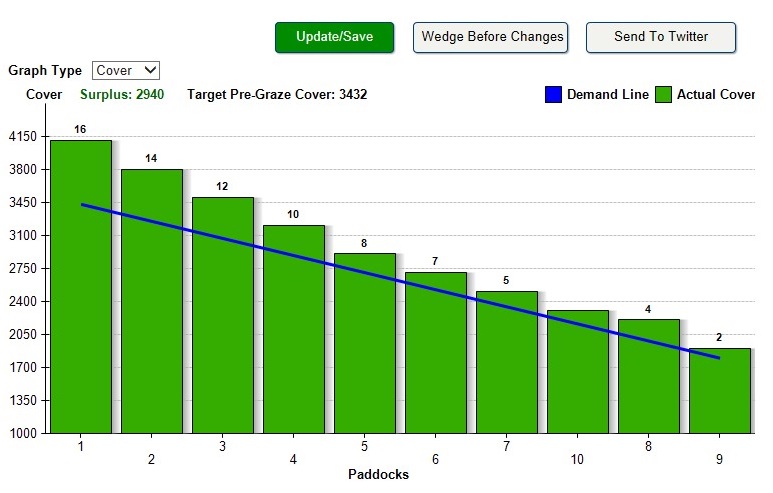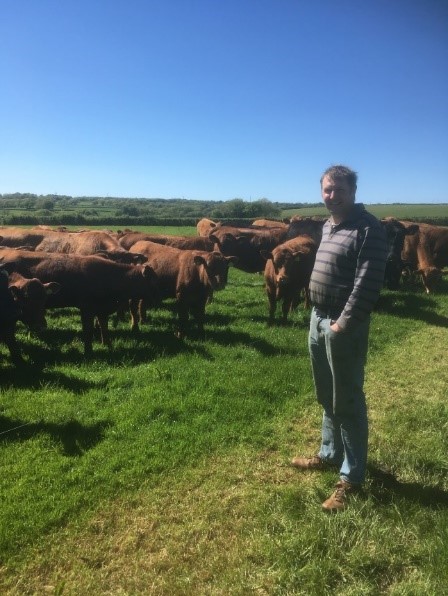- Home
- Knowledge library
- Managing surplus grass in rotational grazing systems for cattle
Managing surplus grass in rotational grazing systems for cattle
We continue our rotational grazing system series for suckler producers by looking at managing high grass growth.
Surplus grass
Surplus grass usually starts to accumulate as grass growth increases and peaks in May. At this point, grass growth could be 100 kg/DM/ha when livestock requirements could be 50% of this figure.

From carrying out weekly grass measurements, a farm can use software to plot grass covers and grass growth against livestock requirements. This then creates a grass wedge and plots it against livestock demand. As soon as grass paddocks start to grow beyond 3,000 kg/DM/ha, paddocks should be either shut out and taken for silage immediately or left to grow to take a bulkier crop of silage. It is also important not to take too much silage as grass growth will drop back and adequate covers need to be maintained going into the summer where dry conditions can catch you out.
The AgriNet grass wedge shows the animal demand (blue line) and also shows the actual grass cover of each paddock. Paddocks 1, 2, 3 and 4 all have covers above 3,000 kg DM per ha and the cattle would find it hard to hit a residual of 1500 kg DM per ha.

Surplus grass wedge, from Agrinet
Under these circumstances, with high grass growth the farmer could choose to cut these paddocks and put the cattle into paddock 5 to graze. It would be wise to cut half the paddocks one week, followed by the others a week later to allow for staggered regrowth of the silage fields to help maintain a wedge of grass for the next rotation.
Some farms do have a tendency to go dry during the summer and then the choice may be to not cut the paddocks but allow them to be kept as a standing crop to strip graze if grass is poor during the summer months. This reduces costs as fields don’t need to be cut for silage but does mean that if grass growth is good, fields may need to be cut later, resulting in poorer-quality silage.
Case study : Bob Priest - Managing grass surplus
Appropriate management of surplus grass allowed Bob to reduce days to finish cattle by six weeks.
Bob Priest farms 192 ha organically near Holsworthy in Devon and has been involved in our Beef from Grass project for two grazing seasons. The farm consists of 60 spring-calving suckler cows with youngstock taken through to finish.
A grass surplus was identified early in the grazing season in 2018, which was managed by taking an early cut of big bale silage. The farm is heavy by nature and did not suffer the drought conditions which were common across the country in summer 2018. Further surplus grass on the grazing platform was controlled by the introduction of the farms breeding sheep into the rotation. Grass growth continued well into the autumn and some of the lighter, younger cattle were grazed out on the platform to reduce grass covers before winter.

By implementing rotational grazing and reseeding some paddocks, the grazing platform produced 9.47 t DM/ha in 2018, under an organic system. Bob has also noted that by improving grassland management, cattle performance has also improved. In 2018, there was a 14% increase in carcases reaching an R3 grade and a reduction in days to finish by six weeks, when compared with 2016. If valued at £2 per head per day, this equates to an overall saving of £84 per head.


